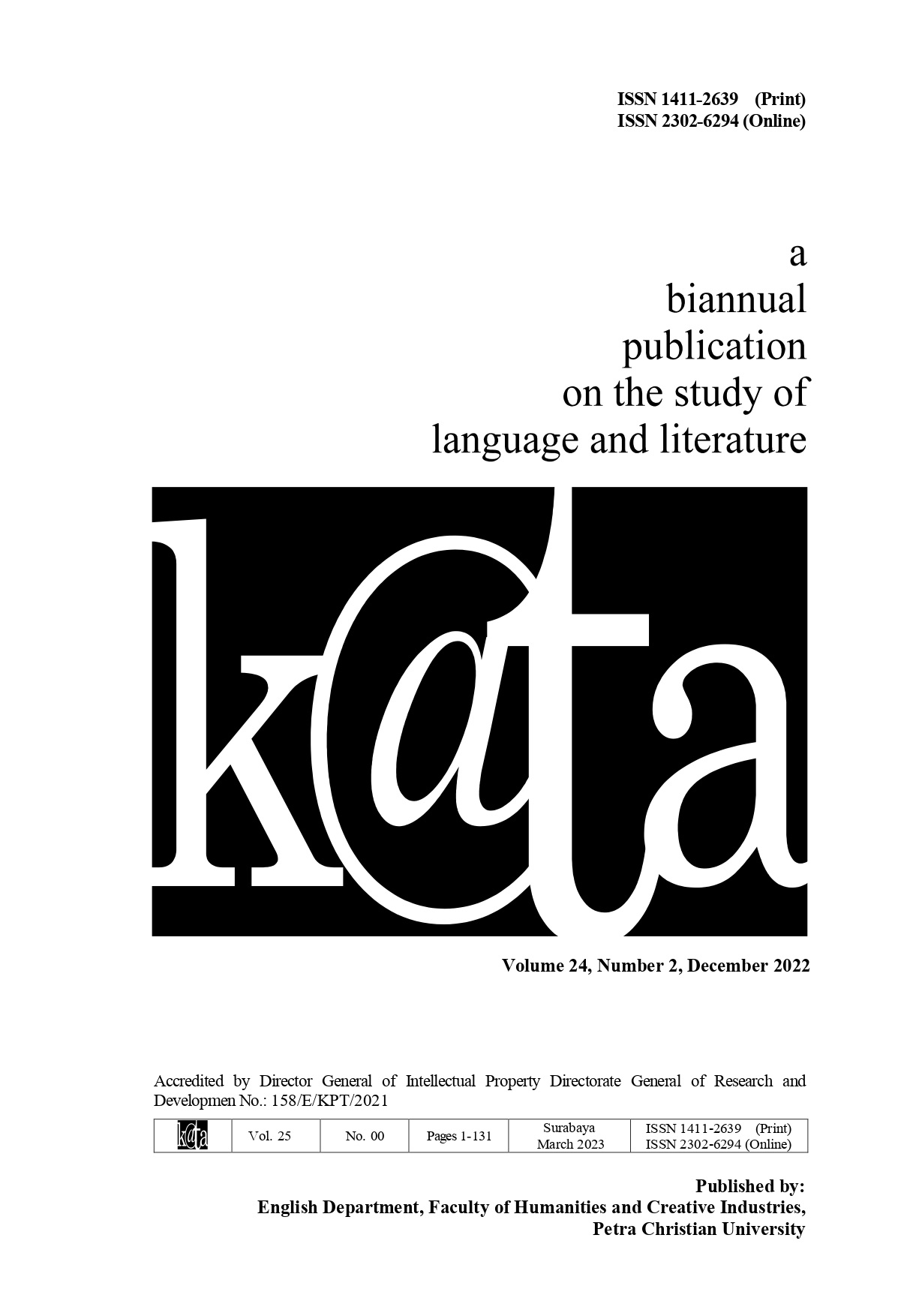Bridging the Gap to Communicate Abstract Concept of Physics for Visual Learners
DOI:
https://doi.org/10.9744/kata.25.00.101-106Keywords:
Flip Class, Experimental, Construction, Statics, Interior DesignAbstract
In vitruvius principles, a successful applied design should comply with 3 basic needs. Those are venusity (aesthetic), utilities (function), and firmities (structure). As the bones of the building, structures are often unseen, covered, and considered last by most interior design students. Columns and beams are often taken as a nuisance in creating the perfect canvas of blank space ready to design. Thus, it creates a fragmentation within the building development process to create a well performing building. Conventional approach to deliver the understanding and basics of physics in construction classes had struggled long before google image and pinterest came to flood the students with visual information in decorative manners. The presence of covid 19 then forced the construction teachers to think of appropriate teaching methods to keep increasing interest in learning on this less desirable subject. This study was conducted in a quantitative experimental method in 4 consecutive years of construction and statics class. This study aimed to review different delivery approaches and students' responses resembled through their performance in exam question assessment. The results of the study show that the students get better understanding by carrying out flip class methods because of the flexibility and discussion chances it has offered. However, the presented material should be equipped with graphics to help students to visualize.
Downloads
References
Kurt, S. (2021, January 4). Robert Gagné’s taxonomy of learning. Educational Technology. Retrieved April 30, 2022, from https://educationaltechnology.net/robert-gagnes-taxonomy-of-learning/
Krathwohl, D. R. (2002). A revision of Bloom’s Taxonomy: An overview. Theory into Practice, 4 (Autumn). Retrieved from https://citt.ufl.edu/resources/the-learning-process/designing-the-learning-experience/blooms-taxonomy/
Newby, T.A.P.A.J. (2017, January 1). Behaviorism, cognitivism, constructivism – Foundations of learning and instructional design technology. Pressbooks. Retrieved April 30, 2022, from https://lidtfoundations.press-books.com/chapter/behaviorism-cognitivism-constructivism/
Noor, J. (2016). Metodologi penelitian: Skripsi, tesis, disertasi & karya ilmiah [Research methodology: Thesis, dissertation & scientific papers]. Kencana. https://books.google.co.id/books?id=VnA-DwAAQBAJ
SUNY Cortland. (n.d.). Mind styles - Anthony Gregorc. Learning. Retrieved May 1, 2022, from https://web. cortland.edu/andersmd/learning/gregorc.htm
The Peak Performance Center. (2017, September 20). Gregorc mind styles model. Educational Learning. Retrieved May 1, 2022, from https://thepeakperfor¬mance-center.com/educational-learning/learning/prefe¬ren-ces/learning-styles/gregorc-mind-styles-model/
University of South Australia. (n.d.). How students learn: Information processing. How Students Learn. Retrieved April 30, 2022, from https://lo.unisa.edu.au/mod/book/view.php?id=610988&chapterid=120209
Vitruvius. (1960). Vitruvius: The ten books on architecture (M. H. Morgan, Trans.). Dover Publications.
Downloads
Published
How to Cite
Issue
Section
License
![]() This work is licensed under a Creative Commons Attribution License
This work is licensed under a Creative Commons Attribution License



.png)
.png)

















